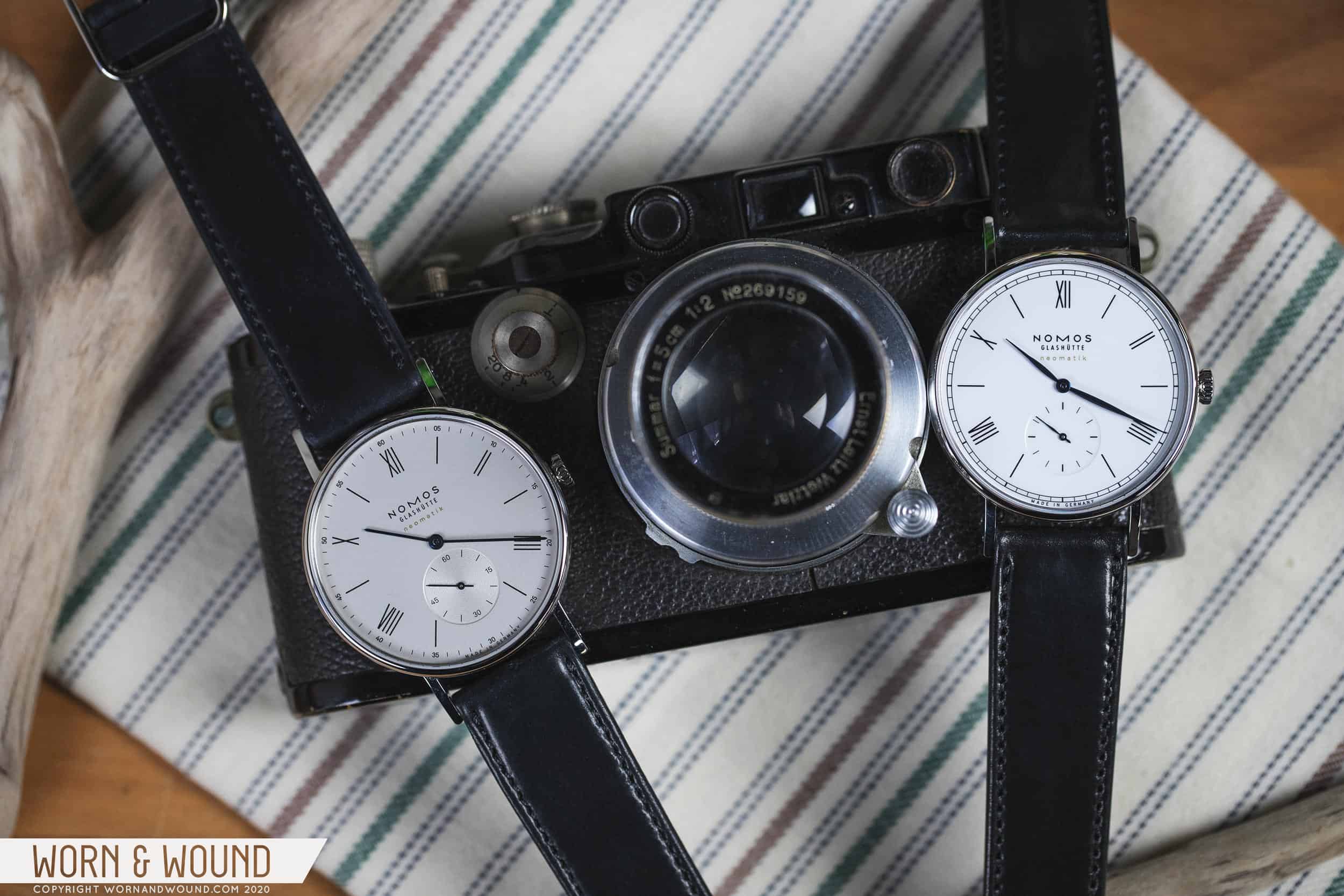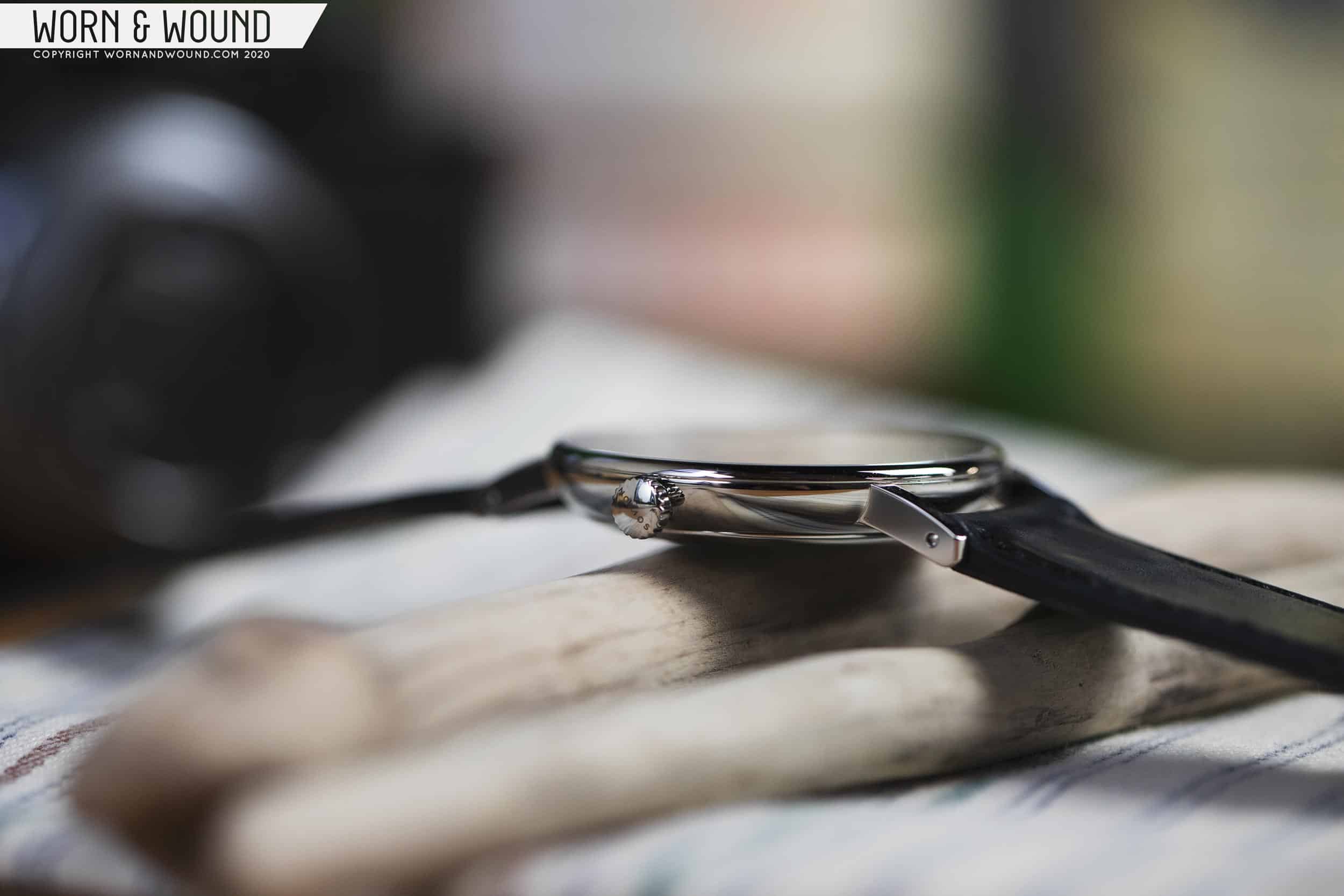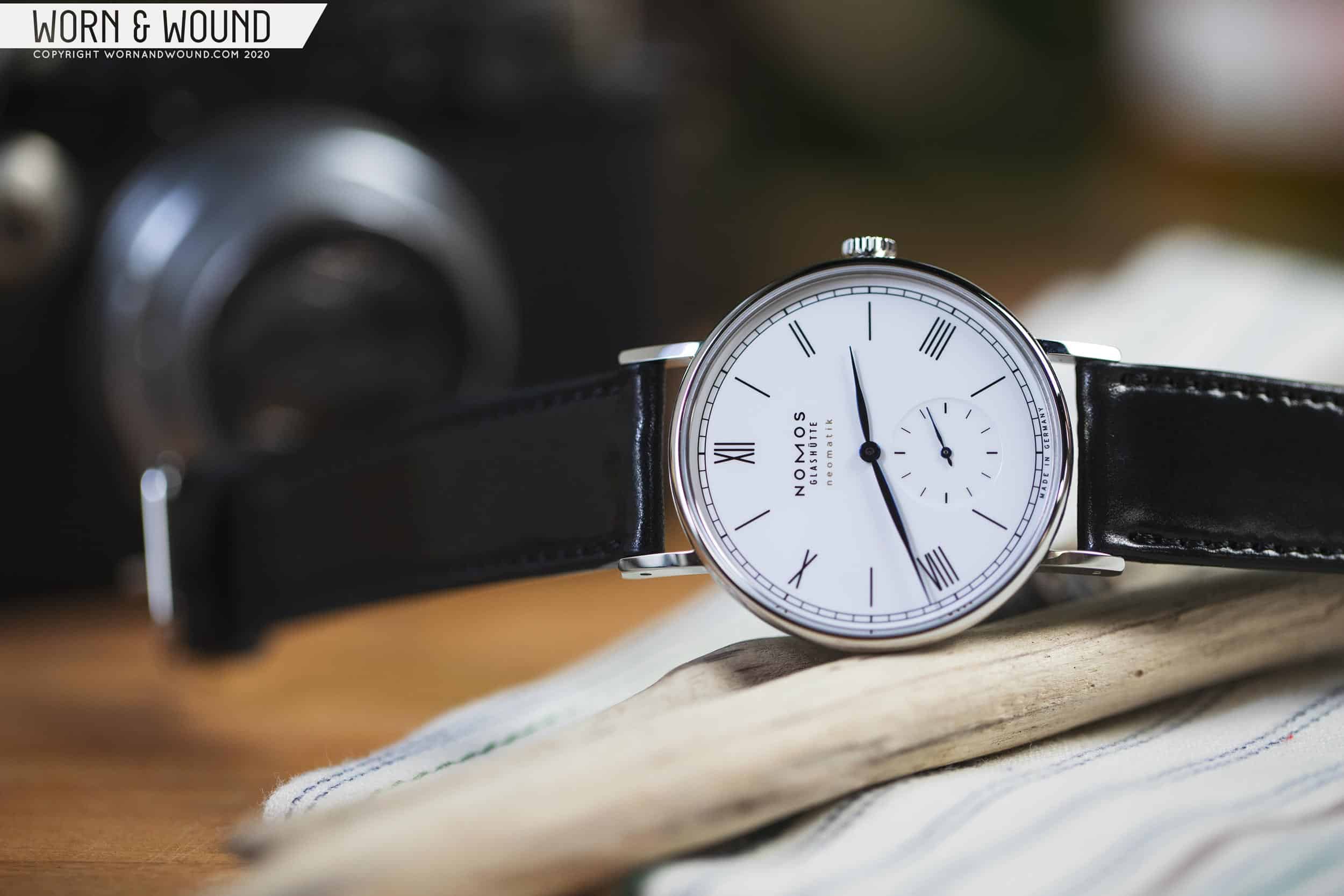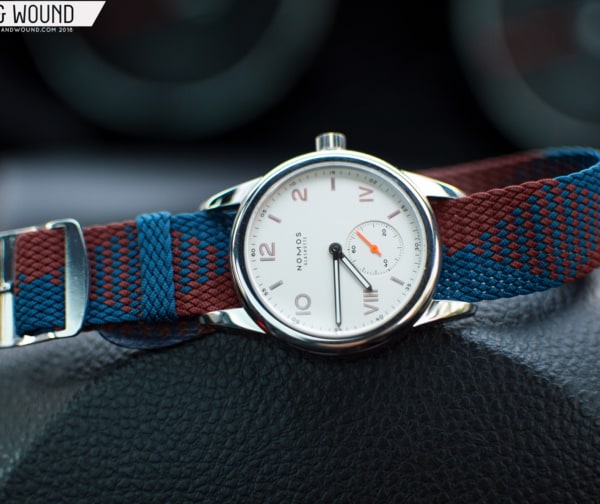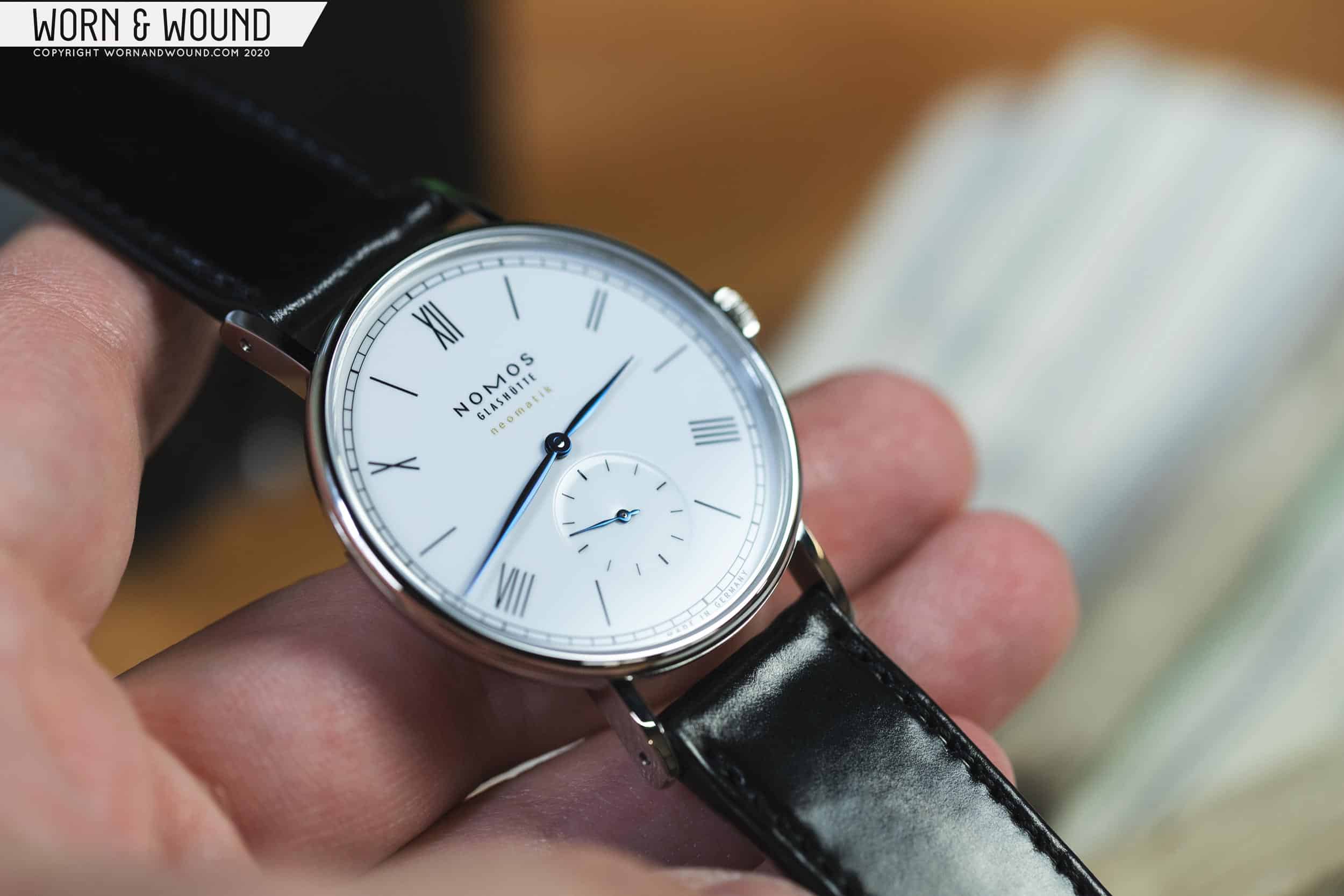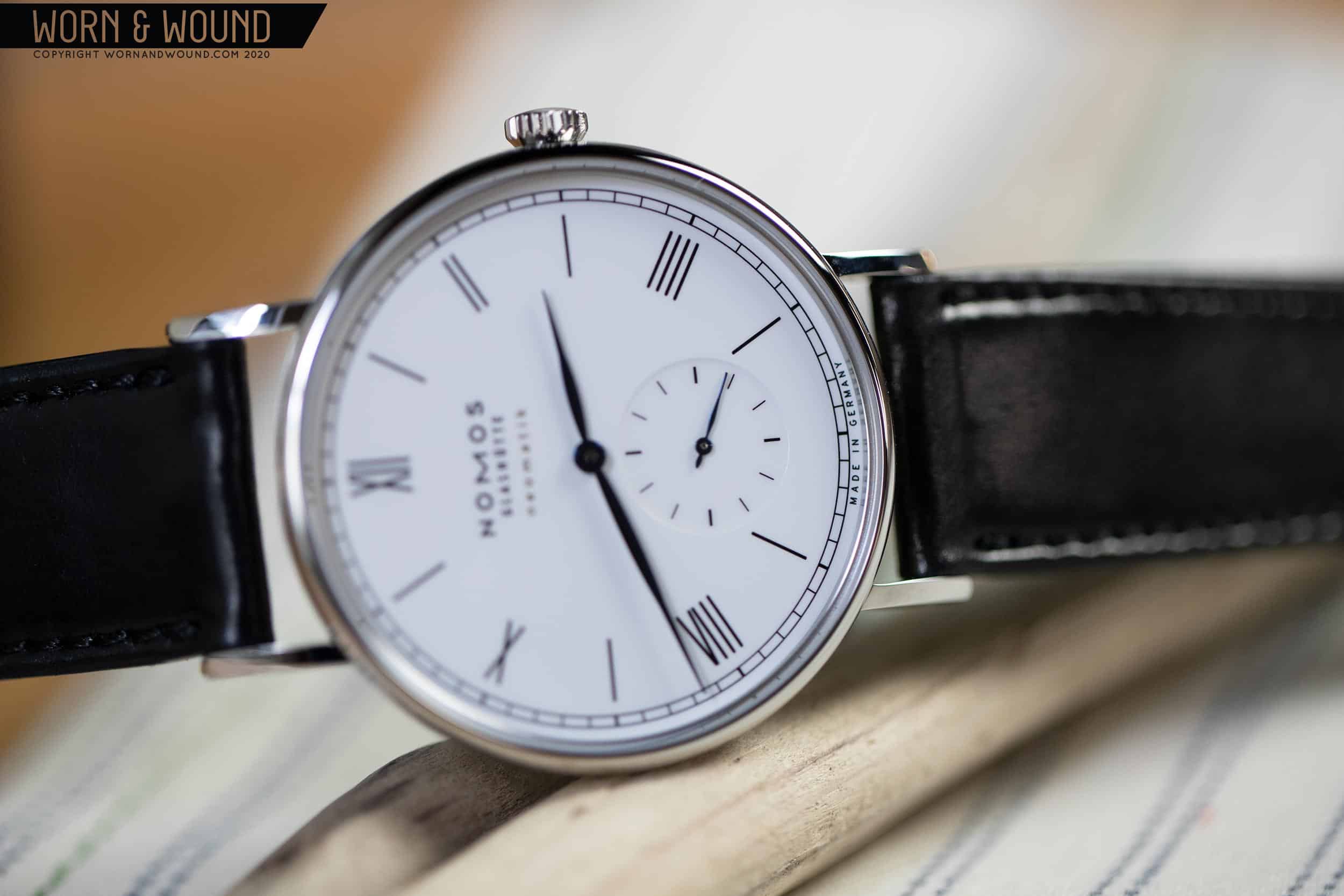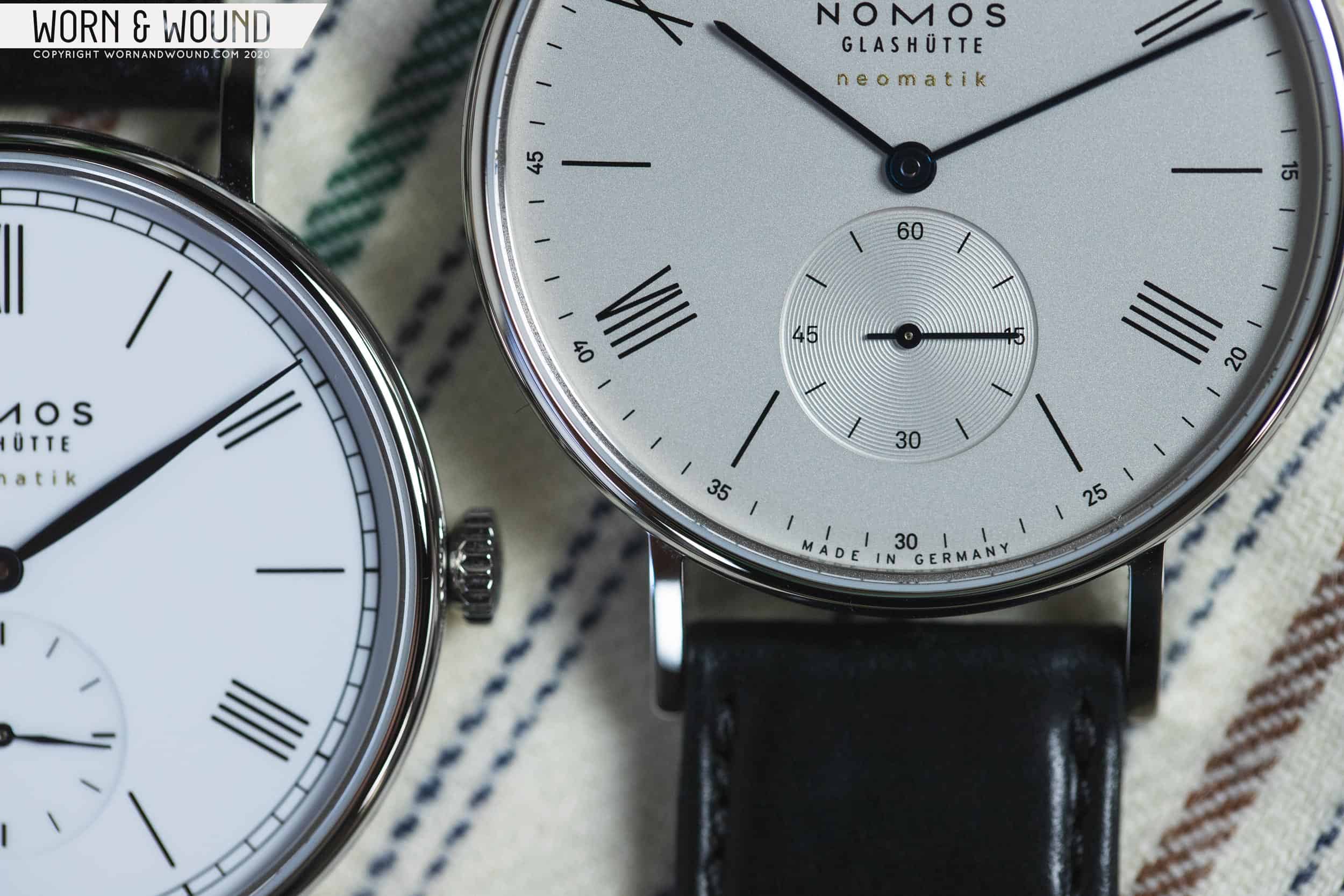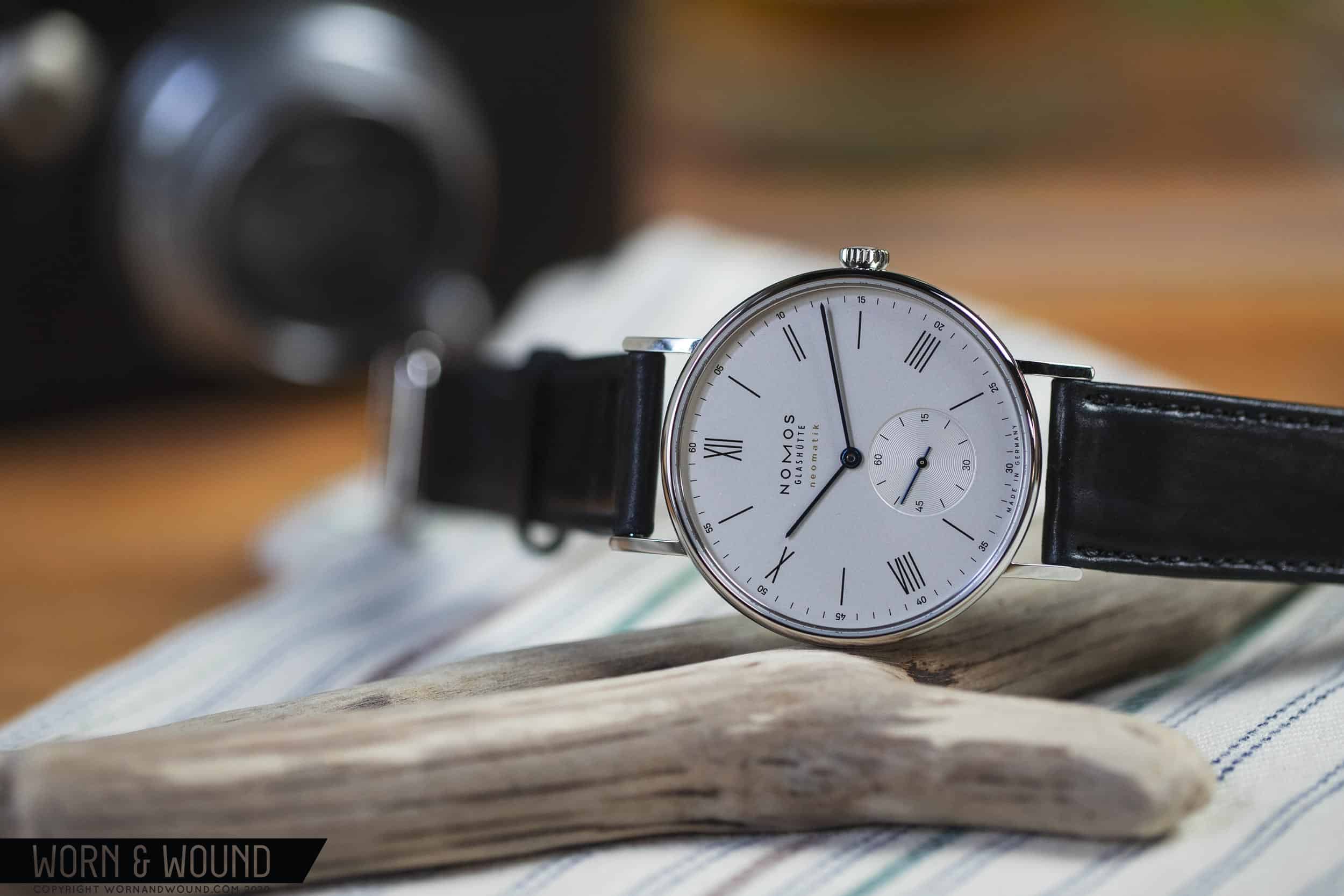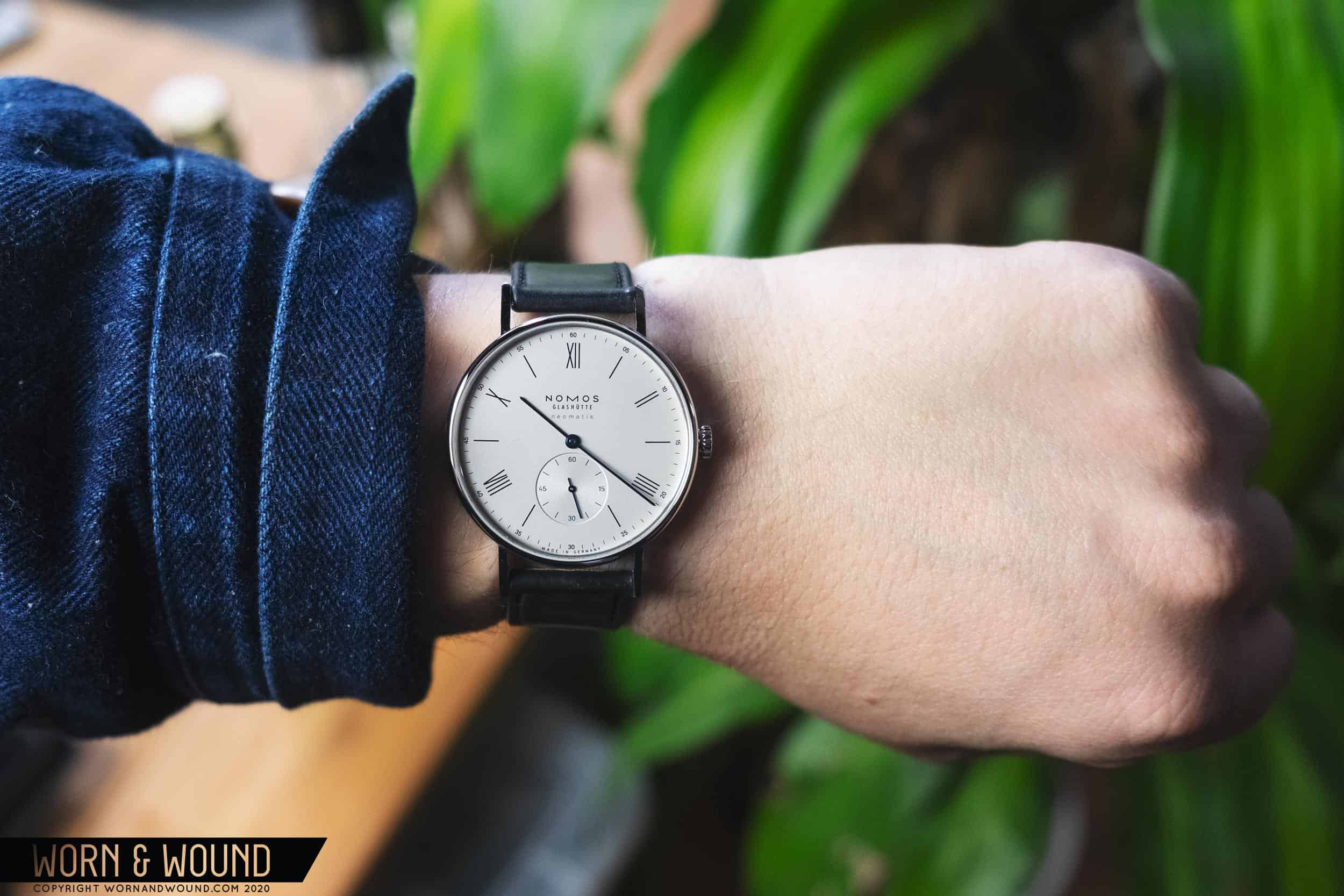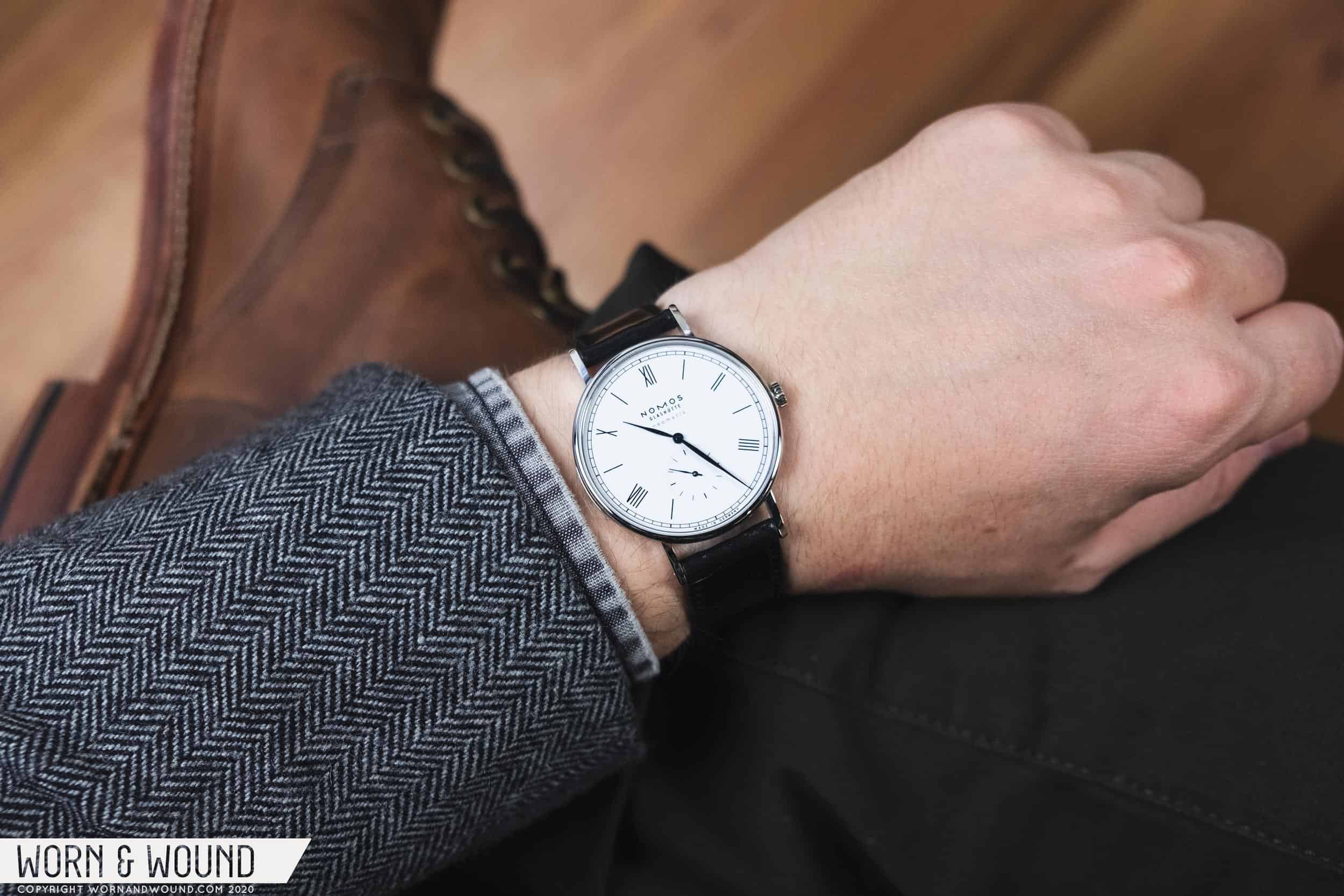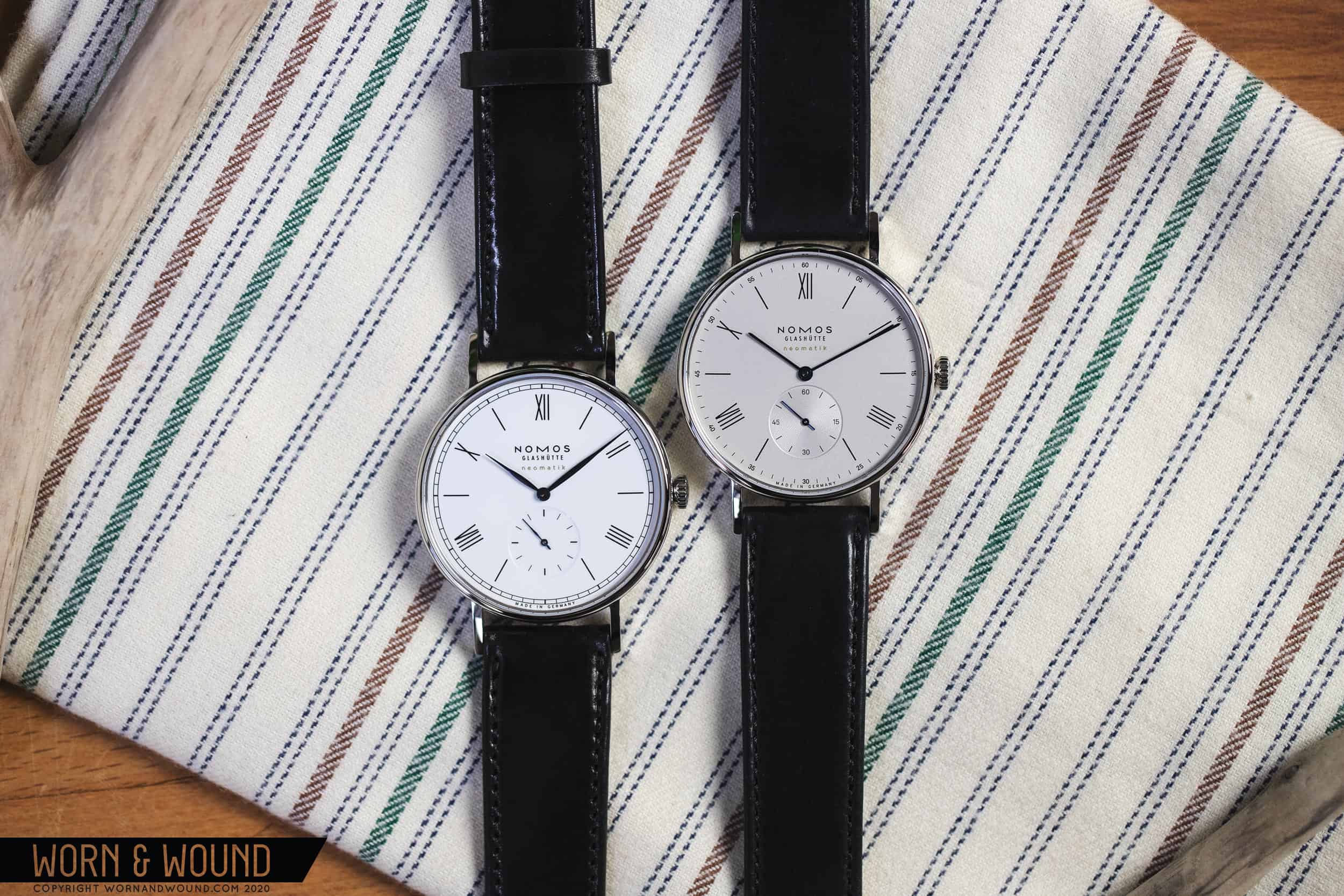Ah, the Nomos Ludwig. You know, the one with the Roman numerals. A mainstay of Nomos’ collection, it doesn’t get nearly the same praise or fanfare as their other, flashier (by Nomos standards) timepieces, yet persists and continues to develop along with their other lines. Most recently, Nomos announced a trio of Ludwig limited editions to celebrate 175 years of watchmaking in Glashütte. An appropriate choice for such an occasion, the Ludwig is Nomos’ most classically styled watch. And for the limited editions, they played off of this fact and amplified it with a few choice, highly attractive details.
Lesser discussed, at the same time as launching these LEs, Nomos added another model to the core Ludwig collection, the Ludwig Neomatik 39. While Nomos is restrained with their designs, they are quite prolific with their versions, often expanding a line into several models, each with a slightly different diameter, movement, or color. In this instance, the 39mm (technically less) Neomatik (indicating their ultra-thin DUW 3001 caliber), adds a thin, medium/large option above the existing 38mm models and below the largest 41mm models.
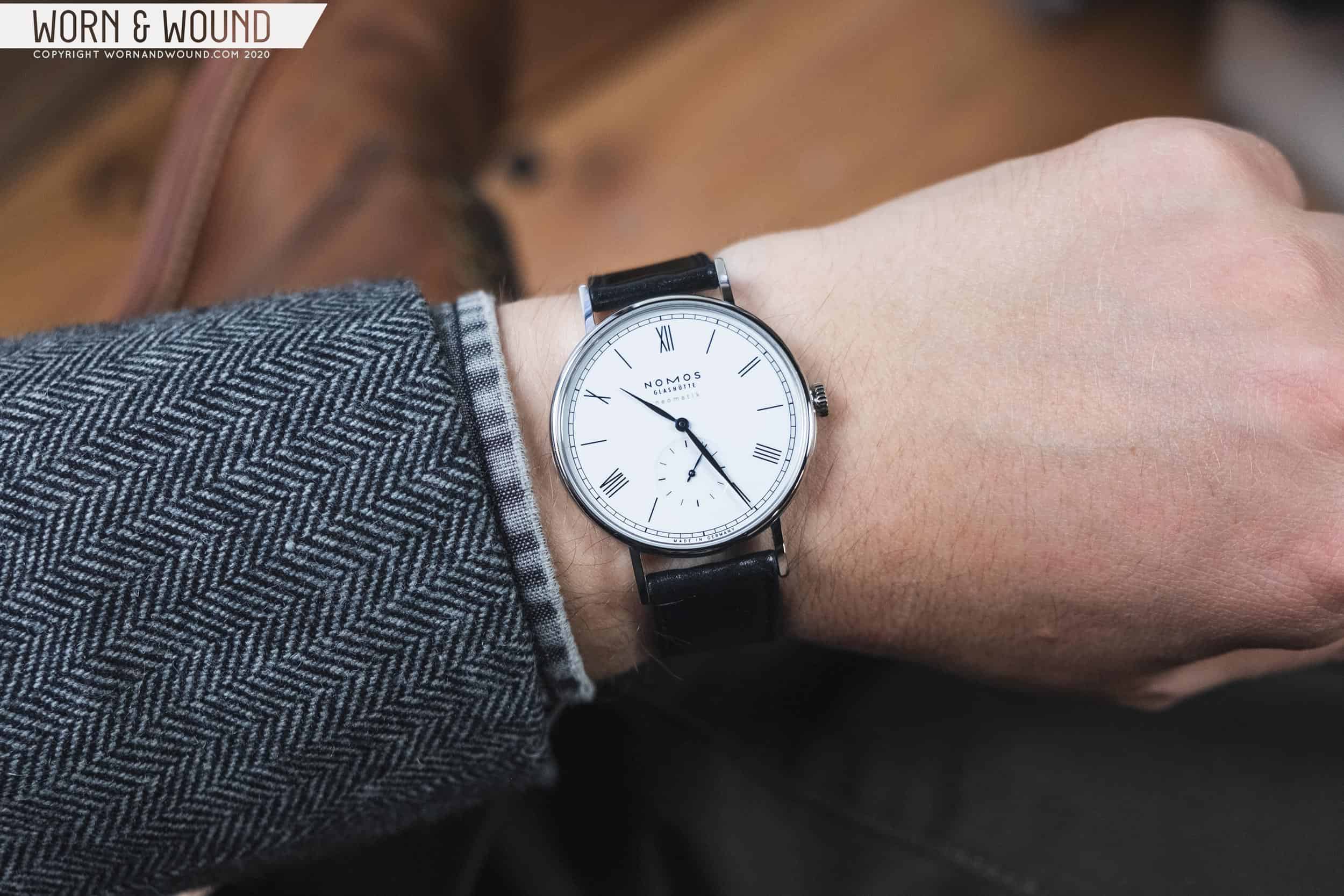
In this article, I am going to take a look at two Nomos Ludwig models, both Neomatik 39s, one the core model, the other from the limited edition 175 Years Watchmaking trio. While built on the same platform and born from the same Ludwig DNA, the results are charmingly different. But why look at both? Well, by the time you read this, whether it be shortly after publication or a few years beyond, the limited edition is likely to be gone, being constrained to just 175 watches. The core model, however, will hopefully remain, making this review still at least partially relevant.









 Featured Videos
Featured Videos




